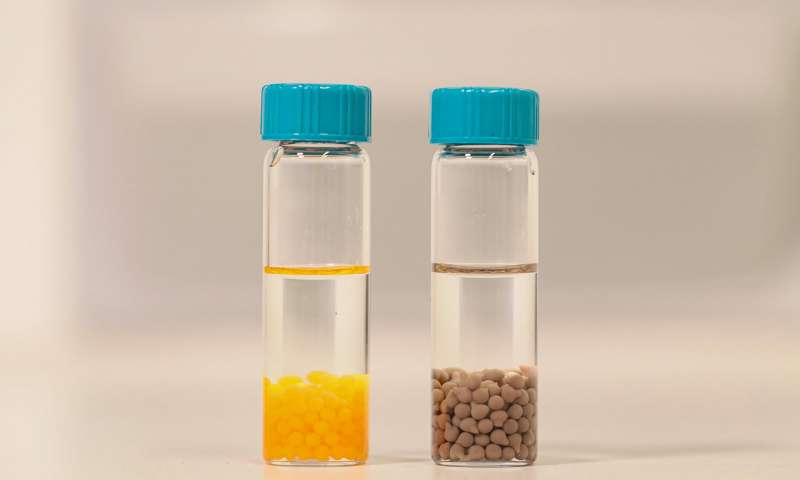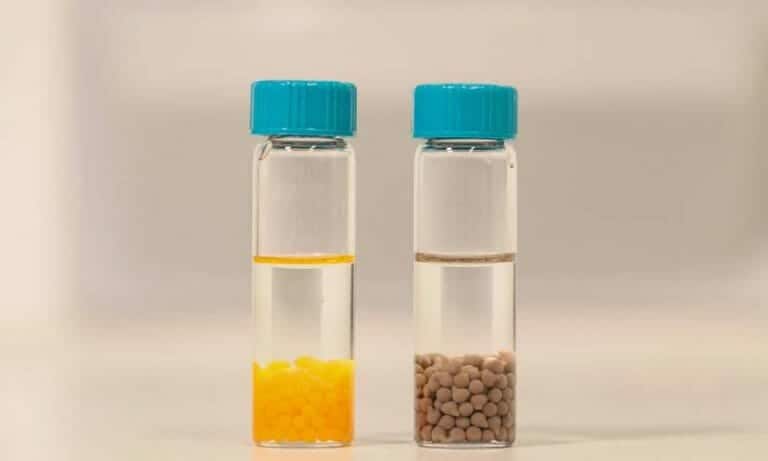Photo credit: Alain Herzog / EPFL
Hexavalent chromium continues to contaminate water sources around the world, with one US company fined just this February for putting employees at risk. Hexavalent chromium is considered to be extremely toxic, especially when inhaled or ingested, and its use is regulated in Europe and in many countries around the world. It is thought to be genotoxic, leading to DNA damage and the formation of cancerous tumors.
Now, chemists at EPFL are developing energy efficient processes for removing contaminants, this time hexavalent chromium, from water. The results are published today in the Journal of Materials Chemistry A.
"Providing access to clean water is one of the most important challenges of our time," says lead author Wendy Queen of EPFL’s Laboratory of Functional Materials. "The development of energy efficient processes able to rapidly remove water contaminants play an important role in our effort to globally improve human health and environmental well-being."
Queen and colleagues are developing sponge-like materials that can collect specific substances from solution. Their materials are actually crystals, called metal-organic frameworks (MOF), and the scientists are tailoring these crystalline structures to capture a particular substance.
The materials are extremely porous and the […]
Full article: Filtering out toxic chromium from water



